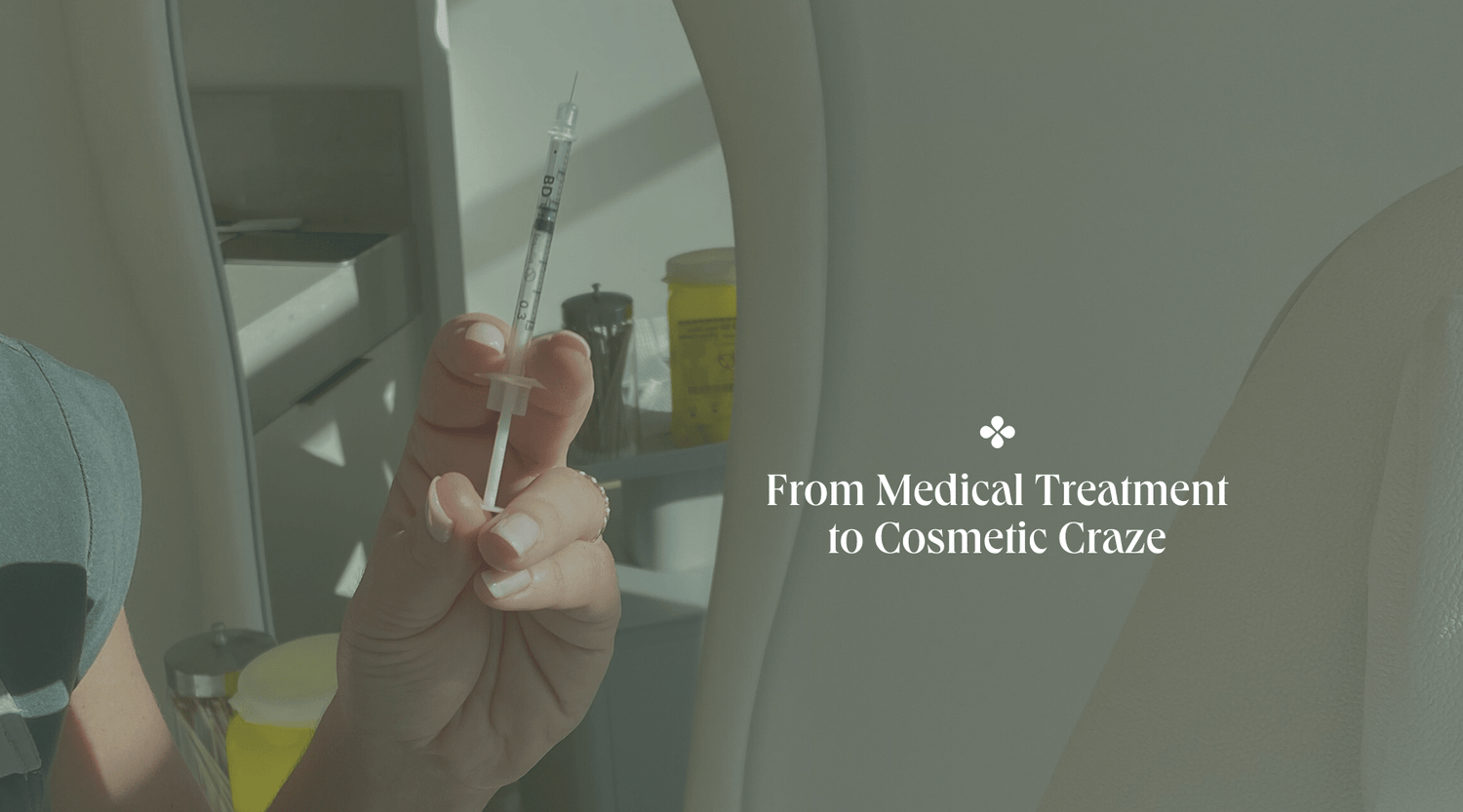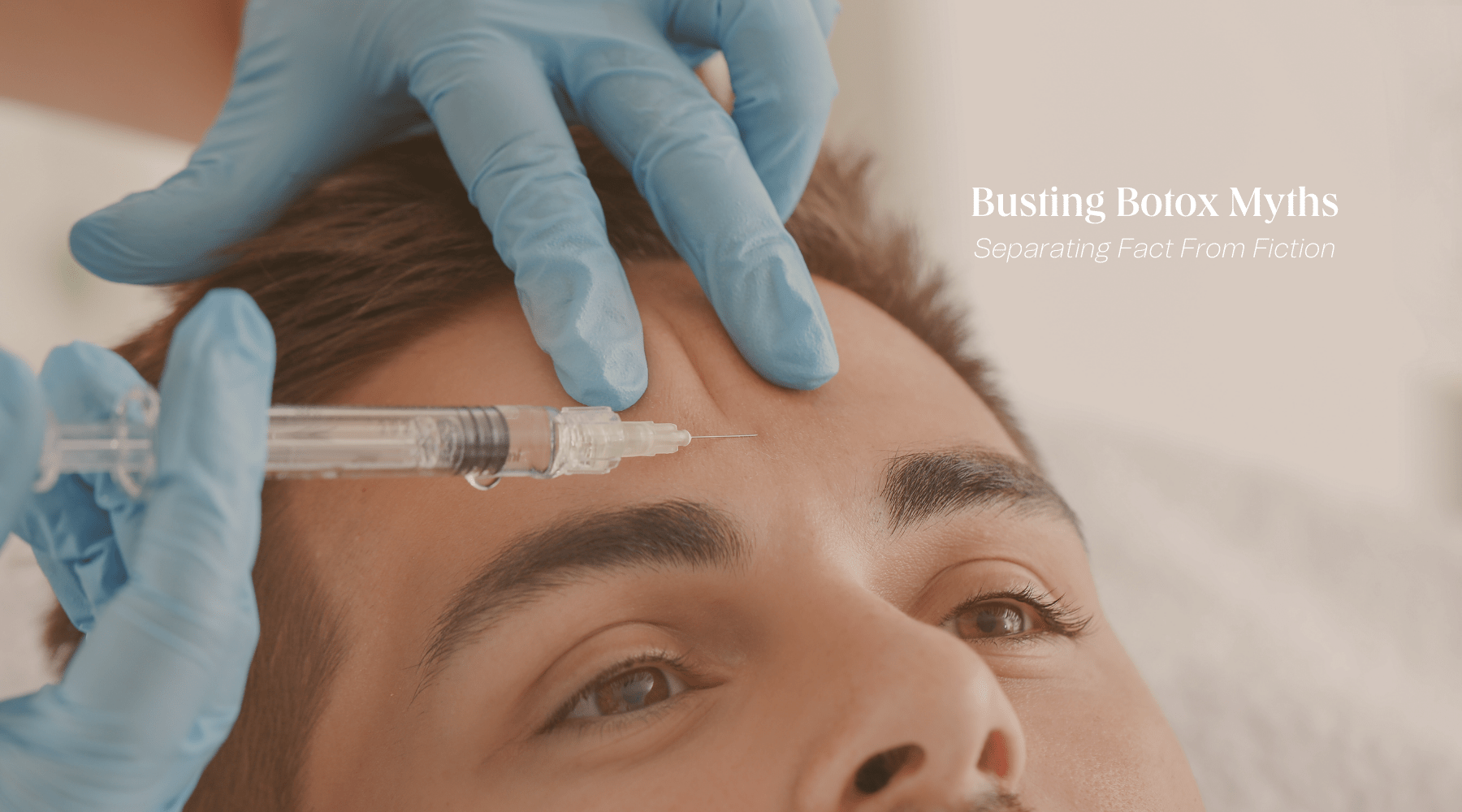In the field of cosmetic enhancements, few treatments have garnered as much attention and popularity as Botox. Its journey from a medical breakthrough to a staple in the cosmetic industry is a testament to its efficacy and versatility. Let's embark on a historical voyage, tracing the origins of Botox at Basis Clinic in Kelowna, its progression as a medical treatment, and its widespread adoption in cosmetic procedures today.
Botox, derived from the bacterium Clostridium botulinum, was first discovered by Dr. Edward J. Schantz in the 1920s. Initially identified as a potential treatment for neurological disorders, its muscle-relaxing properties showed promise in alleviating conditions such as strabismus (crossed eyes) and blepharospasm (uncontrollable blinking). In 1989, Botox received approval from the U.S. Food and Drug Administration (FDA) for the treatment of strabismus and other eye muscle disorders, marking a significant milestone in its medical application.
However, it wasn't long before researchers began to recognize Botox's potential beyond its therapeutic uses. Dr. Jean Carruthers, a Canadian ophthalmologist, and her husband, Dr. Alastair Carruthers, a dermatologist, made a serendipitous discovery in the late 1980s while treating patients for blepharospasm. They noticed that Botox injections not only relieved their patients' muscle spasms but also smoothed out the wrinkles around their eyes. This revelation sparked a paradigm shift, paving the way for Botox's entry into the world of cosmetic dermatology.
In 2002, Botox Cosmetic received FDA approval for the temporary improvement of moderate to severe frown lines between the eyebrows, known as glabellar lines. This marked a turning point in the history of Botox, as it officially transitioned from a medical treatment to a cosmetic solution for facial wrinkles. With its newfound indication, Botox skyrocketed in popularity, becoming the go-to treatment for individuals seeking non-invasive wrinkle reduction at Basis Clinic in Kelowna and beyond.
As the demand for cosmetic Botox surged, so did the research and development efforts aimed at expanding its applications. In subsequent years, Botox gained FDA approval for additional cosmetic indications, including the treatment of crow's feet (lateral canthal lines) and forehead wrinkles. Its efficacy, safety profile, and minimal downtime made it a preferred choice for patients looking to achieve a more youthful appearance without undergoing surgery.
Throughout its evolution, Botox has continued to evolve and innovate, with advancements in formulation, injection techniques, and complementary treatments. Today, Botox is not only used for wrinkle reduction but also for addressing various cosmetic concerns such as facial asymmetry, excessive sweating (hyperhidrosis), and jawline slimming. Its versatility has solidified its status as a cornerstone of modern aesthetic medicine, with millions of treatments performed annually worldwide.
In addition to its cosmetic applications, Botox remains an invaluable tool in the medical field, with ongoing research exploring its potential in treating a wide range of conditions, from chronic migraines to overactive bladder. Its multifaceted nature underscores its enduring relevance and impact on both medical and aesthetic practices.
In conclusion, the history of Botox is a testament to its remarkable journey from a medical marvel to a cosmetic powerhouse. From its origins as a treatment for neurological disorders to its widespread use in the cosmetic industry today, Botox has revolutionized the field of aesthetic medicine. As it continues to evolve and innovate, one thing remains certain: Botox's legacy at Basis Clinic in Kelowna and beyond is firmly cemented in the annals of medical history.



